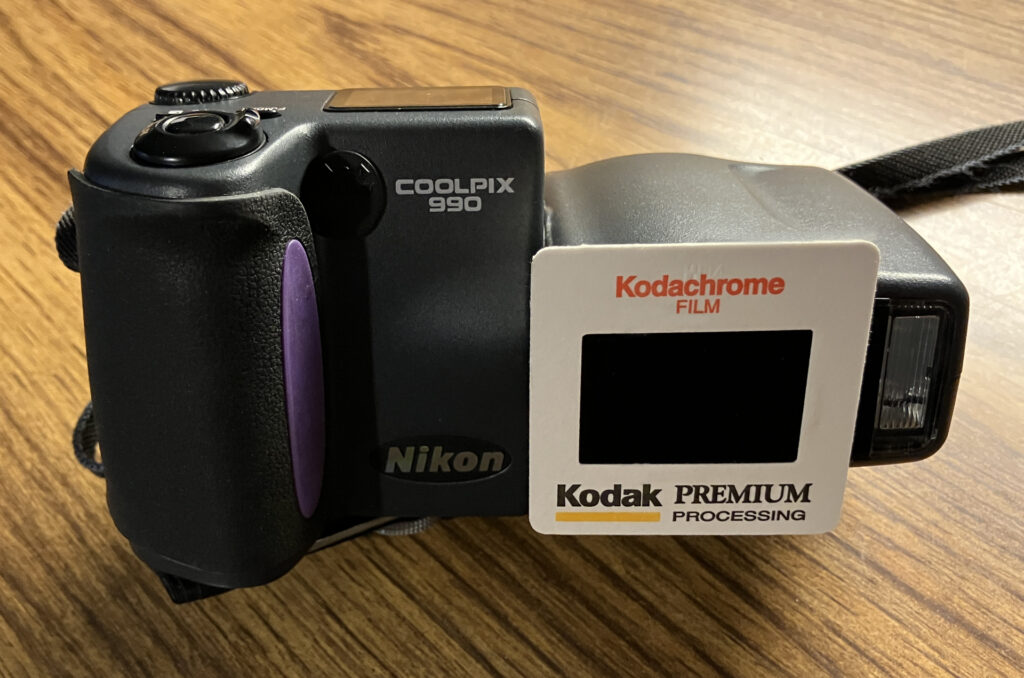
26 June, 2025
A Fun, Funky Filter for Shooting Digital Infrared
26 June, 2025
A Fun, Funky Filter for Shooting Digital Infrared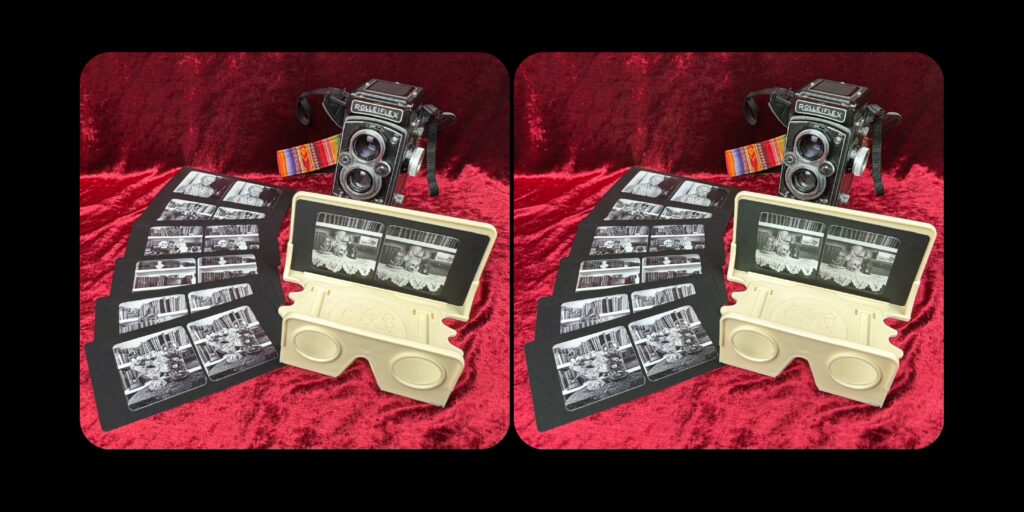
21 June, 2025
Stereoscopic Photography with a Rolleiflex
11 June, 2025
My five rules for taking street portraits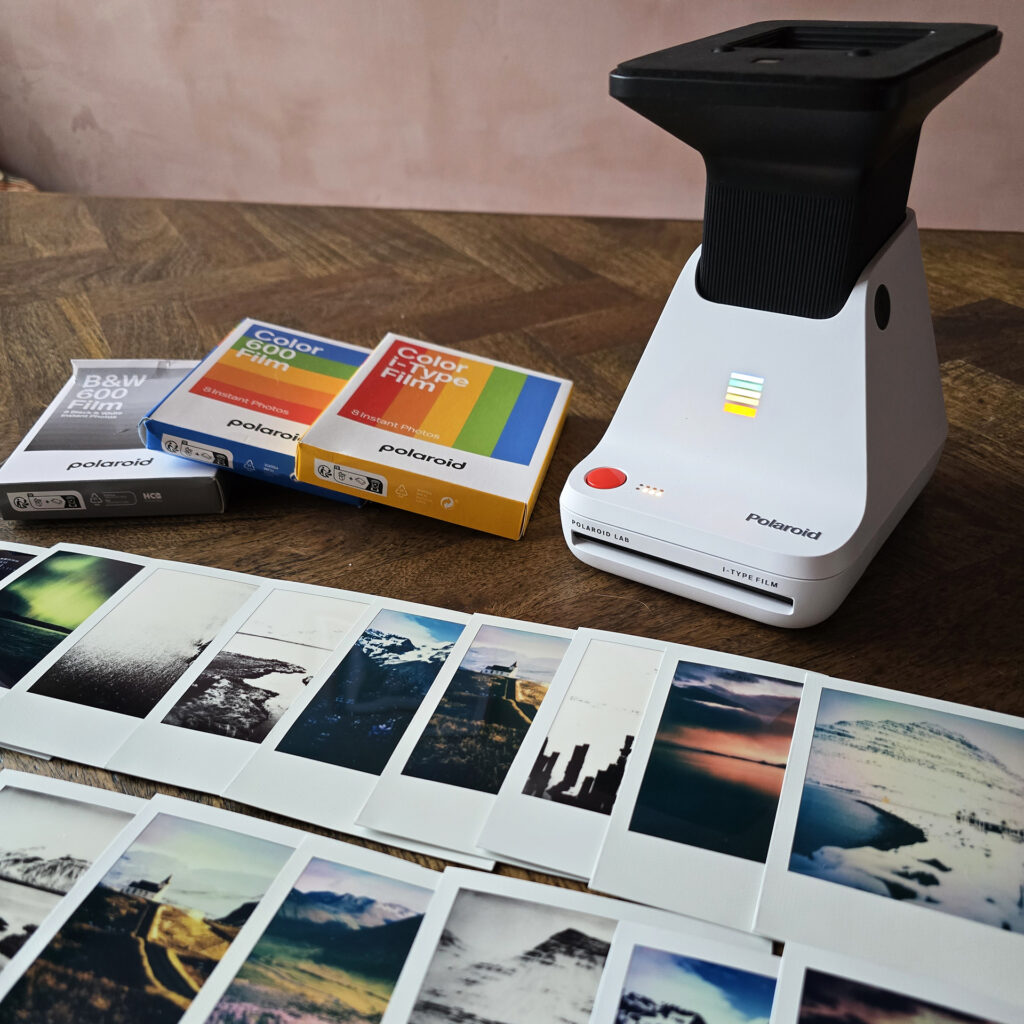
24 March, 2025
We have lift off! Polaroid lift off that is…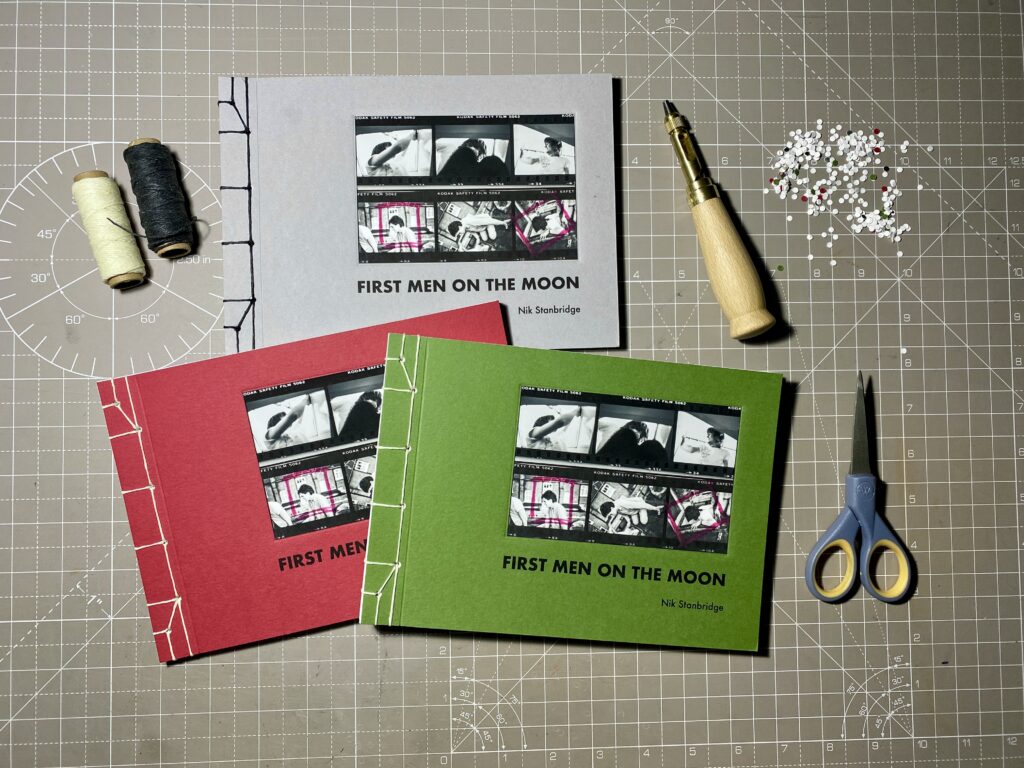
16 March, 2025
First Men on the Moon: A hand made, hand bound photobook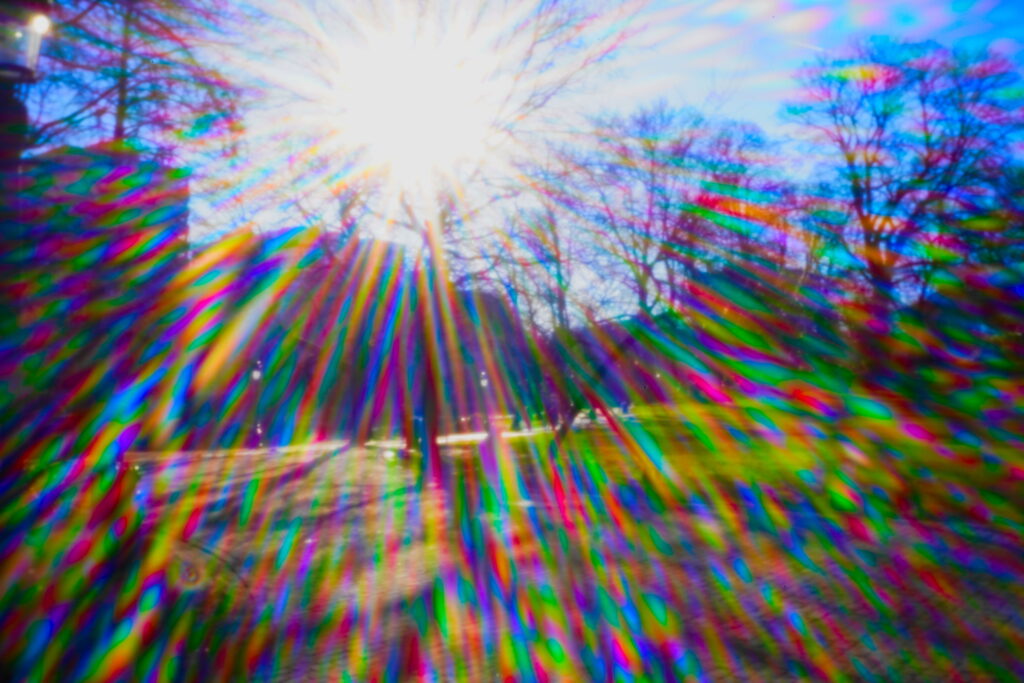
14 March, 2025
Pinhole Photography – Another Challenge!!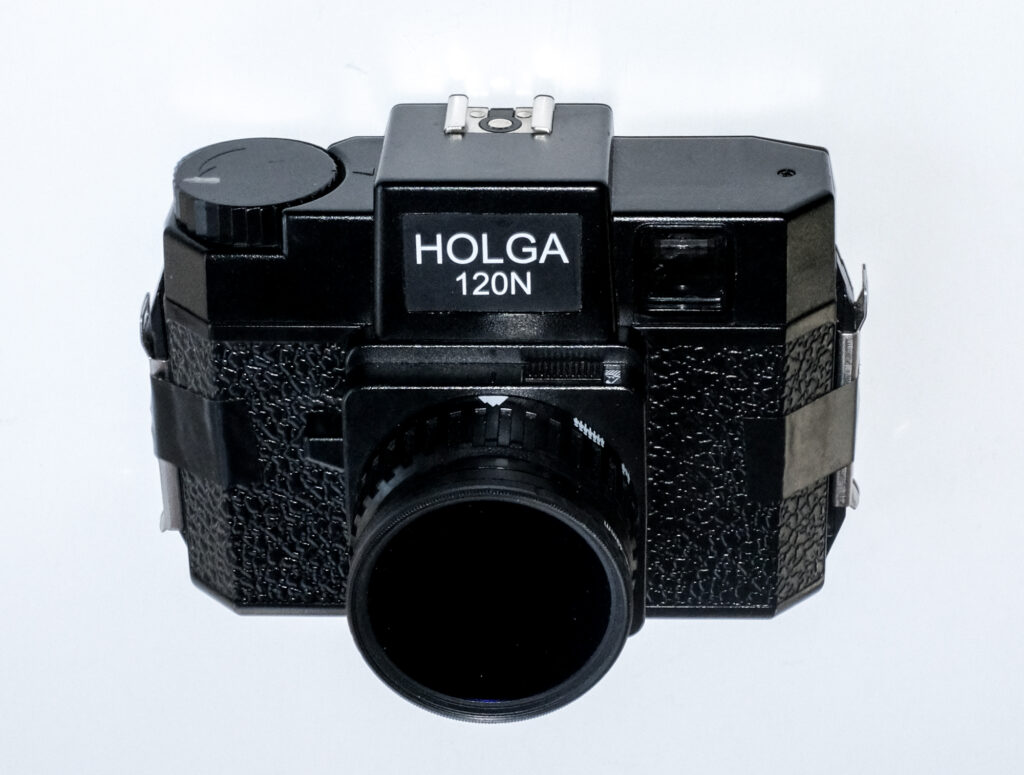
26 February, 2025
Making Pictures Pop with a Holga and Infrared Film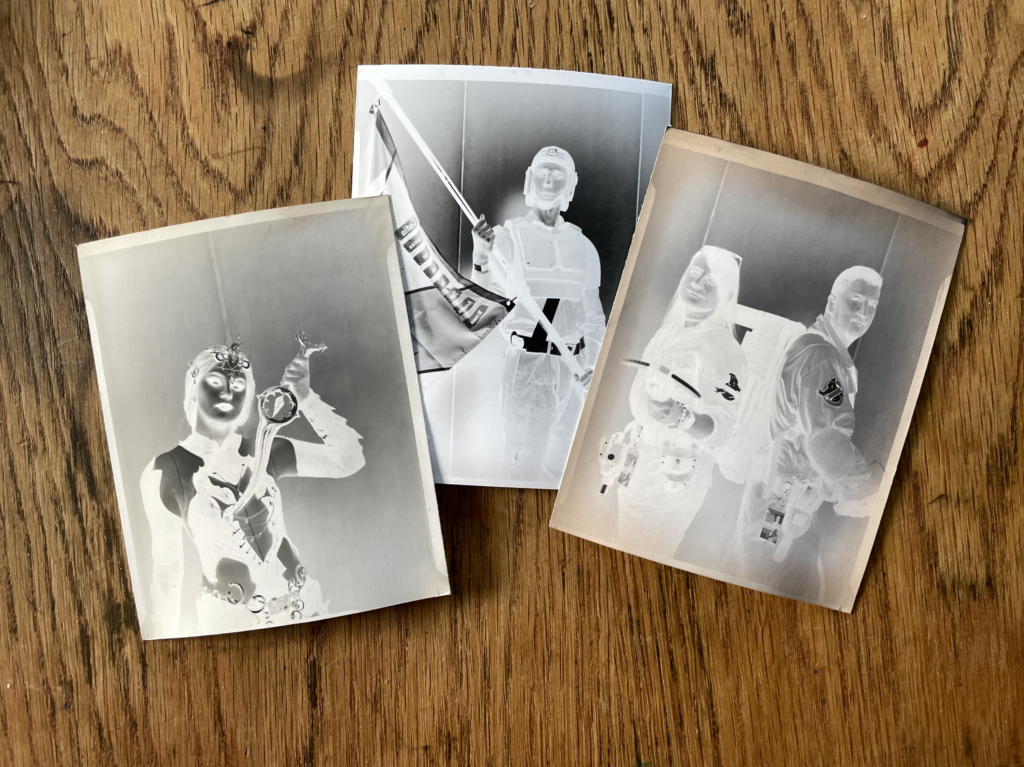
11 February, 2025
What I Love About Paper Negatives
Photography & Projects
Looking for some inspiration, or just want to flick through the project work and photos?

Reviews & Experiences
If you're looking for photography equipment and peripheral reviews, this is the place to start!

Theory & Reflections
If you're looking for photography equipment and peripheral reviews, this is the place to start!

Tutorials & Knowhow
If you want to learn or discover a new technique, build on your skills, or be inspired to have a go at a bit of DIY or camera modification, then you’re in the right place.